The exact date of the emergence of the Finite Element Method is quite difficult, if not impossible, to determine precisely. Its origins can be traced to the need to solve practical problems in Aerospace, Mechanical and Civil Engineering.
The Pioneers
Usage of the finite element method began in the early 1940s, with the work of the Russian-Canadian structural engineer, Alexander Hrennikoff, and German American mathematician, Richard Courant.
Although very different, the work of these two men shared a common characteristic— the discretization of a continuous domain into several elements. Hrennikoff’s proposals were based on lattice discretization, while Courant’s approach was based on triangular elements.
The finite element method was developed in parallel in Europe and North America, by a number of independent actors:
- Ray Clough and colleagues at UC Berkeley (California, USA)
- John Argyris and colleagues at the University of Stuttgart (Germany)
- Olgierd Zienkiewicz and colleagues at the University of Swansea (UK)
- Bruce Irons and colleagues at the University of Swansea (UK)
- Richard Gallagher and colleagues at Cornell University (New York, USA)
A Very Popular Domain
The Finite Element Method (FEM) and Finite Element Analysis (FEA) have been generalized to a wide variety of engineering disciplines such as structural analysis, electromagnetism, heat transfer, and fluid dynamics, for the numerical modeling of physical systems.
The FEA domain is very popular in the universities due to its wide range of applications. Consequently, the number of papers published on the subject has increased exponentially over time.
The table below is showing the number of papers about FEM published from 1956 to present.

FEM Timeline
Early 1940s
Early 1940s
1941 – 1943
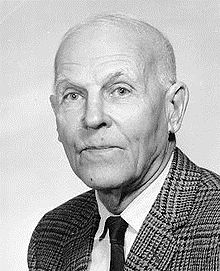
Hrennikoff presents the discretization of a continuous domain into several elements using the lattice analogy to model membrane and plate bending parts of a structure. However, this analogy could not be applied to nonrectangular areas.
1943
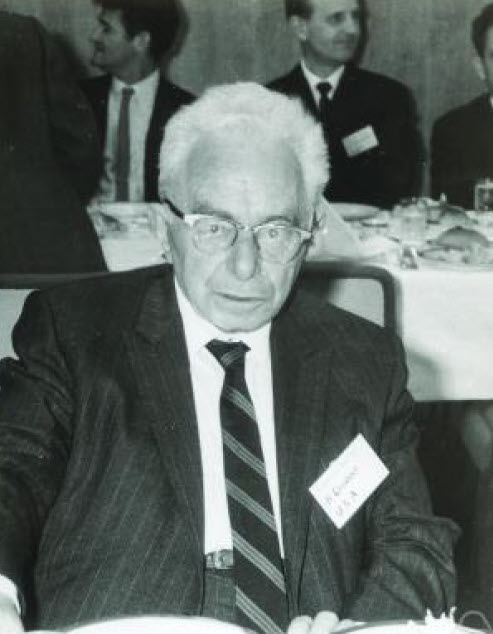
Richard Courant presents his approach based on constant strain triangular elements using the Ritz method. This approach was not pursued at that time due to the lack of high-speed computers.
1943
1952 – 1953
Their work was presented at Boeing in 1954 and a paper was published in 1956 (see reference below).
1954 – 1955
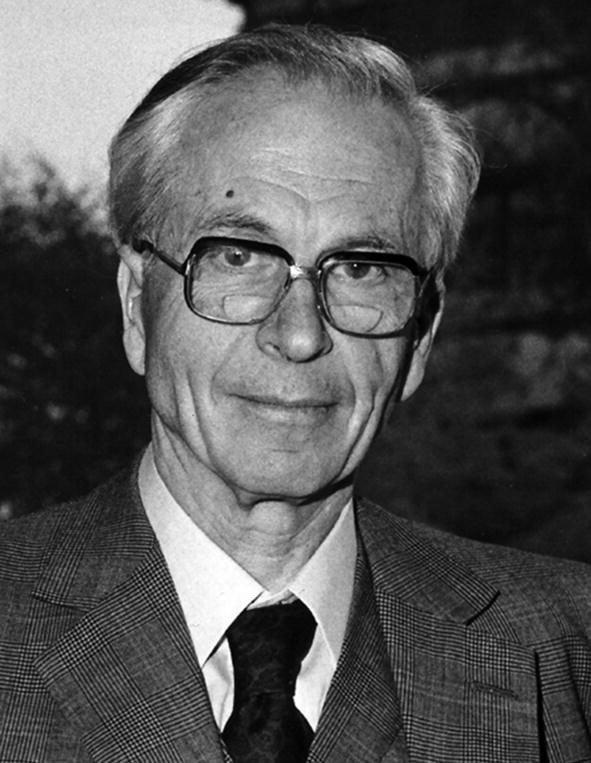
John Argyris, from the University of Stuttgart, unified many different approximate methods for the solution of both continuous and one-dimensional frame structures. By using matrix transformation methods, he clearly shown that most structural analysis methods could be categorized as either a force or a displacement method.
Argyris, J, “Energy Theorems and Structural Analysis”, Aircraft Engineering, 1954 and 1955.
1954 – 1955
1956

M. J. Turner, R. W. Clough, H. C. Martin, and L. J. Topp published “Stiffness and Deflection Analysis of Complex Structures,” in the Journal of the Aeronautical Sciences, one of the first articles concerning the application of the finite element method.
1957 – 1960
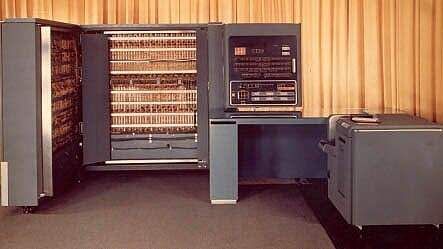
Clough initiated a new structural analysis research program at UC Berkeley and started a new graduate course entitled Matrix Analysis of Structures. An IBM 701 digital computer, with 4k of 16-bit memory, was installed in the College of Engineering. The maximum number of equations that could be solved by this computer was approximately 40. Clough developed a matrix algebra program to permit students learning programming in order to solve finite element problems. So, by using submatrix techniques and tape storage it was possible to solve larger systems.
1957 – 1960
1958

Ed Wilson, a graduate student, who shared an office with Adini at UC Berkeley, was not satisfied with the large amount of work required to solve finite element problems by using the matrix algebra program. Under the direction of Clough, he started the development of an automated finite element program based on the rectangular plane stress finite element developed at Boeing. Wilson created a limited capacity, semiautomated program which was based on the force method.
1959 – 1960
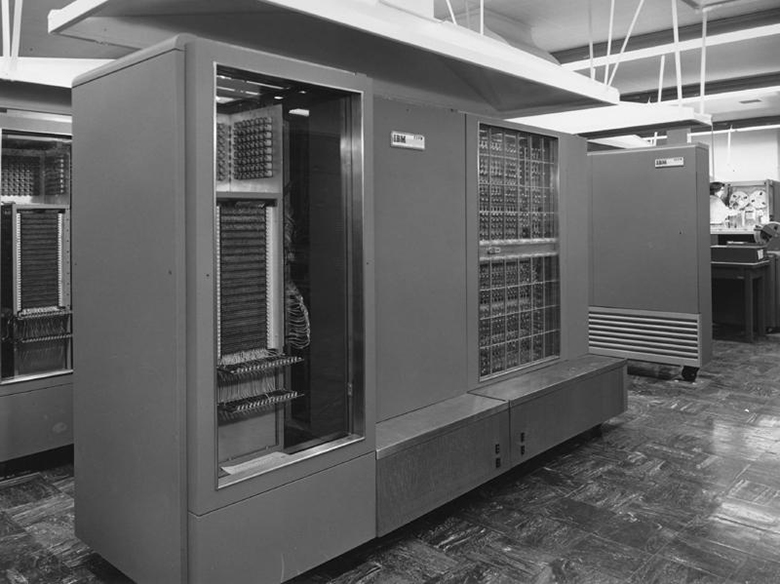
The IBM 704 computer is deployed at UC Berkeley (it had 32K of 32-bit memory and a floating-point arithmetic unit which was approximately 100 times faster than the IBM 701).
Under the direction of Clough, Wilson wrote a two-dimensional frame analysis program with a nonlinear, moment-curvature relationship defined by the classical Ramberg-Osgood equation. The loads were applied incrementally and produced a pushover type of analysis. The incremental load approach was general and could be used for all types of finite element systems. Wilson presented his work in 1960 at the 2nd American Society of Civil Engineers (ASCE) Conference on Electronic Computation.
1959 – 1960
1960
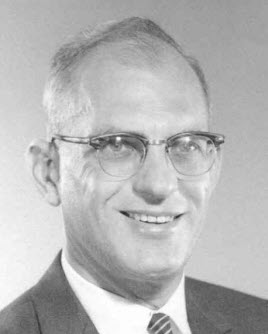
Ray Clough coins the term “Finite Element Method” in his paper, “The Finite Element Method in Plane Stress Analysis” presented at the 2nd American Society of Civil Engineers (ASCE) Conference on Electronic Computation, Pittsburgh, September 1960.
1960
It was then possible for structural engineers, without a strong mathematical background in continuum mechanics, to solve practical plane stress structures of arbitrary geometry built by using several different materials. The work required to prepare the computer input data was simple and could be completed in a few hours for most structures.
1960
1960s

Many different research activities are pursued at UC Berkeley. FEA is the analysis tool that complements all such analytical and experimental research activities and contributes to the development of the finite element method:
- The US Department of Defense studies the cost and ability to reinforce buildings and underground structures to withstand nuclear blasts.
- A very significant program on earthquake engineering research, including the construction of the world’s largest shaking table, is initiated by Profs. Jack Bouwkamp, Ray Clough, Joseph Penzien, and Harry Seed.
- The US Federal Government and California Department of Transportation rapidly expand the state freeway system and sponsor research at Berkeley on the behavior of bridges and overpass structures, led by Profs. Alex Scordelis and Carl Monismith.
- The US human spaceflight program becomes a national priority, and Profs. Karl Pister, Joseph Penzien, Egor Popov, Jerry Sackman, Bob Taylor, and Edward Wilson are very active conducting related research.
- Offshore deep-water oil drilling and construction of the Alaska pipeline require new technology for steel structures, which is developed by Profs. Egor Popov, Jack Bouwkamp, and Graham Powell.
-
Construction of nuclear reactors and cooling towers requires the development of new analytical methods and materials. Profs. Egor Popov, Alex Scordelis, and T.Y. Lin are consultants in the design and construction of many important long-span shell structures.
1960 – 1962
Adini, A. and Clough, R. W., “Analysis of Plate Bending by the Finite Element Method”, NSF Report, Grant G7337, 1960.
Adini, A., “Analysis of Shell Structures By the Finite Element Method”, University of California, Berkeley, Ph.D. Dissertation, 1961.
1960 – 1962
Late 1960s
1964 – 1965
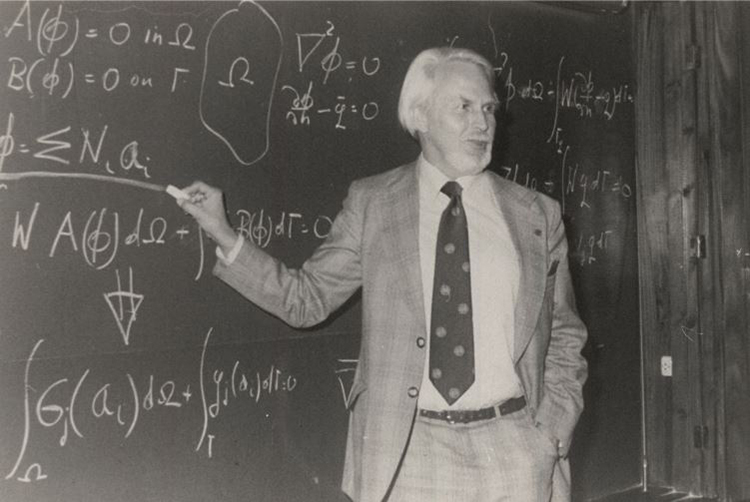
Dr. Olgierd Zienkiewicz, who was installed as a Professor at the University of Wales in Swansea (UK), asked Clough and many other leading specialists on the development of new methods of analysis to take part in a conference on Stress Analysis at the University. These lectures were compiled in a book entitled "Stress Analysis".
1964 – 1965
1965
Conference on Matrix Methods in Structural Analysis at the Wright-Patterson Air Force Base (USA) in October. It brought together the major structural analysis research groups from many areas of the world. The presented works used two and three-dimensional elements to solve problems in continuum mechanics.
A session chaired by Professor Richard Gallagher was devoted to the Finite Element Method. John Argyris presented many applications on the analysis of solids, plates and shells. In addition, he presented the six-node triangular plane element formulated in a natural area coordinate system and a ten-node solid tetrahedral element formulated in a natural volume coordinate system.
1965
 NASA issues a request for a proposal for the development of a structural analysis software.
NASA issues a request for a proposal for the development of a structural analysis software.The result is the NAsa STRuctural ANalysis application (NASTRAN), which implements available FEA technology to solve structural problems.
1965
1965
1967
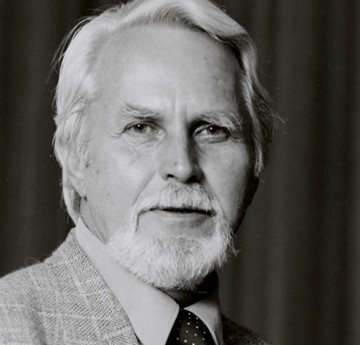
The book “The Finite Element Method” is published by Olgierd Zienkiewicz, Robert Taylor, and Jianzhong Zhu. It remains, to this day, the standard reference text on the theoretical basis of the method.
1967
1968
1968
1968
1969
1969
1969
1969

MacNeal-Schwendler Corporation (MSC, now MSC Software) initiates the first commercially available version of NASTRAN, dubbing it MSC/NASTRAN (now MSC NASTRAN), which would become known as the first generation of FEA software.
MacNeal-Schwendler Corporation was formed in 1963 by Dr. Richard H. MacNeal and Robert Schwendler.
1970

John Swanson releases the first version of his ANalysis SYStems (ANSYS) FEA software.
1970
1972
“Lectures on Mathematical Foundations of the Finite Element Method,” the first mathematical proofs on the properties of the finite element method, are published by Ivo Babuska and A. Aziz. Until then, the method had been implemented but not mathematically proven.
1978

Hibbitt, Karlsson, and Sorensen release the first version of the FEA software ABAQUS.
1978
1980s
1990s
1990s
1991
2006
2006
2008
NASA releases the "Standard for the Development of Models and Simulations", NASA-STD-7009. Any FEA simulation must pass strict verification requirements to be deemed compliant.

